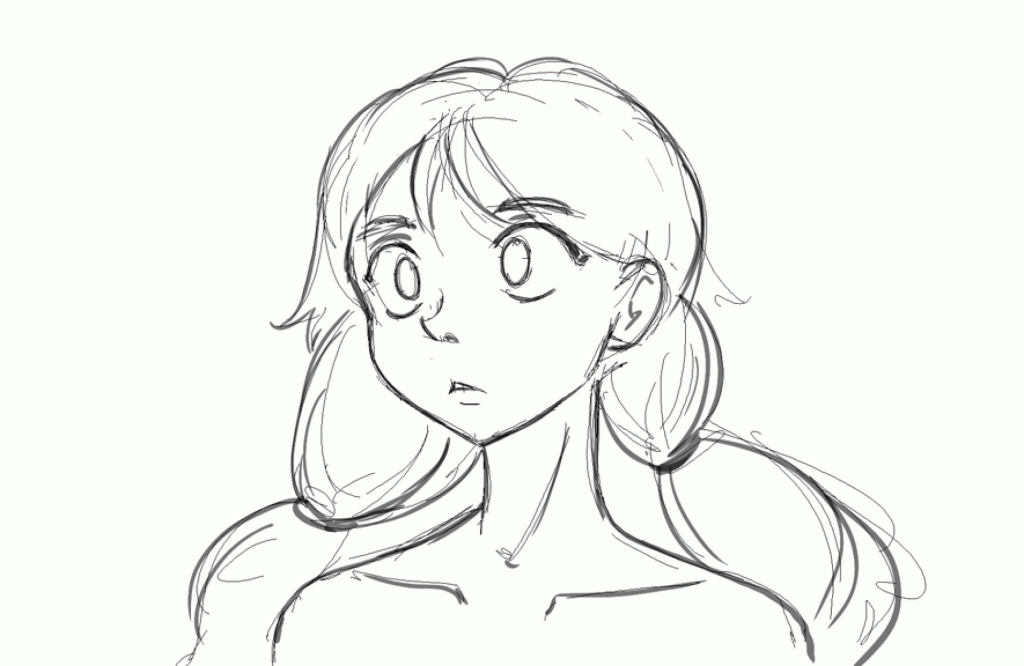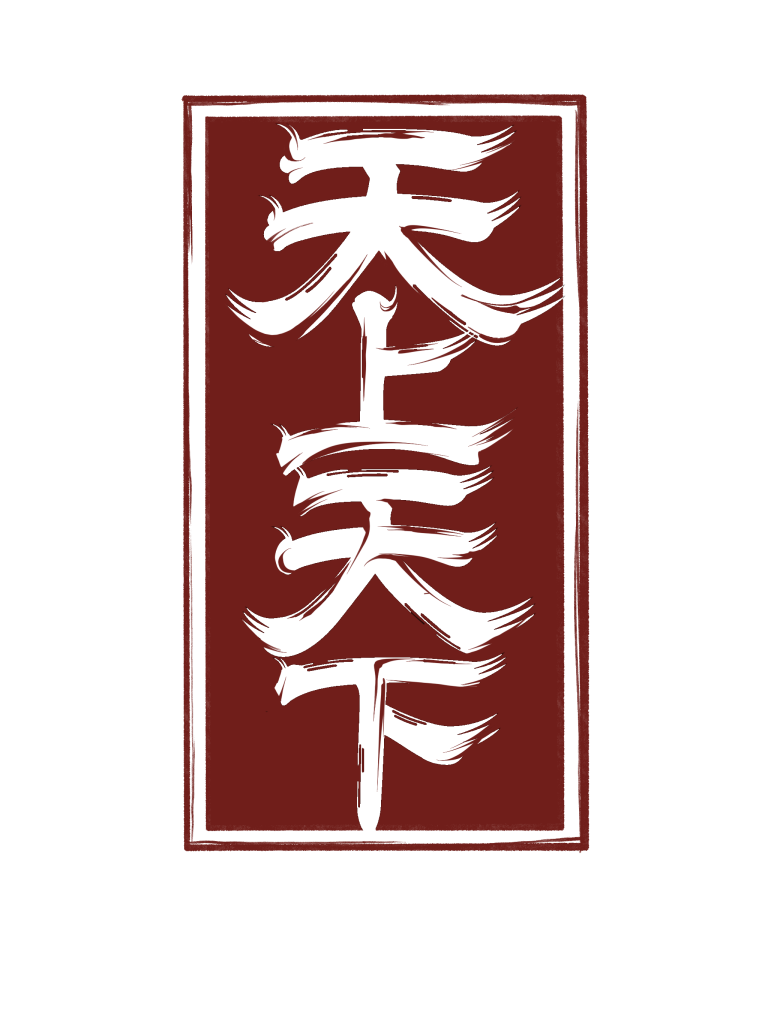Simulated work practice with second years was to help them with their graduate projects but also have a go at working for someone and putting the acquired skills to the test. The second year that I got paired with was a lovely partner to work with. Apart from me, she also had 2 other helpers. Her project heavily focuses on animal animation, which is truthfully speaking is my weakest skill. Therefore instead of putting myself up for a challenge, I went the safe way and offered skills that I’m most confident in which is character design. Thankfully my second year did have human character in her animation so she allowed me to do a character design for her.
In terms of concrete goals that we had with my second year, I found that it was necessary to highlight the mid way and final deadlines for my part of the job. This made my life a lot easier as I had a clear understanding of what to prioritise first. I made a few sketches of the silhouette with simple yet effective shapes, that we were taught in Character design class. The character I was working on was supposed to be an elderly cat lady. She was supposed to be a portrayal of a classic stereotypical grandma, but with a bit of a creepy aspect to her. Thus I made her round and soft, but her eyes are covered by glasses so we can’t see her eyes. Psychologically, when we humans are unable to establish an eye contact with others, we perceive them as creepy or mysterious. That was precisely the effect I was going after.
I proposed a variety of hairstyles, clothing elements and accessories so that my second year was able to choose and mix and mach elements that she thought were the best suited for the character and after getting a final approval from her, I moved to creating a turnaround sheet. My second year stated that because the character of grandma will only appear in a few final frames and mostly in close up shots, it is not necessary for character to be put in 3/4 and back view.
I did a simple black round outline, using round brush to create even, clean line art. It would be appropriate for the drawing to be stylistically influenced by television show character designs, with comically large head, and proportions, and for it to not be too artistic or sketchy. Because the design was very little detailed, I focused on bigger forms. My second year was very satisfied with the outcome.
Unfortunately, the time I was given on this project clashed with submission deadlines, so I was stuck with only limited amount of work I could do. To improve this character design I would’ve done a proper character sheet in colour, as well as assets sheet and full turnaround sheet in colour with back and 3/4 view. I felt like I succeeded in making an effective character design overall. The role that I was given on this project made me reconfirm my confidence in character design as something I enjoy doing and would like to potentially do in the industry. And I found working with my second year a very pleasant experience as she has been very clear with her instructions and very understanding when it came to our workload. She communicated in good detail the intentions of her character and that made it easier for me to construct visuals for it. I would definitely consider trying out new styles for character designs, going out of my comfort zone as I did with grandma’s, as someone who’s more confident in drawing more comic/manga styled characters.




